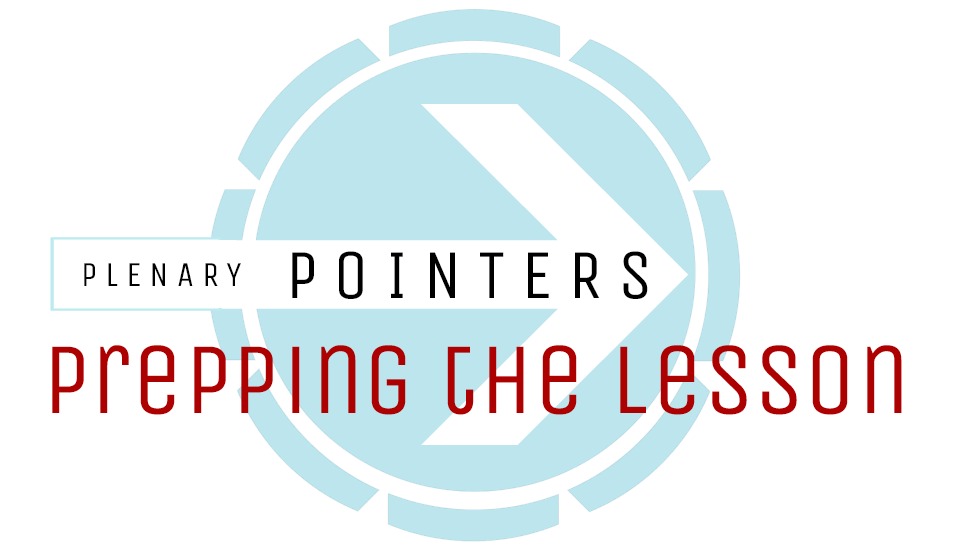Plenary Pointer:
How to Prep a Lesson
in a Charlotte Mason Homeschool
Preparing a lesson can go a long way in helping your students narrate better.
STEP #1: REVIEW
Review the previous reading. Ask your student “What do you remember from the last chapter?” and then discuss it a bit. Recall what happened to set the stage for the current reading.
If your student doesn’t remember anything (and that’s ok for new narrators), then simply recap it for them. This step should take 1-2 minutes tops.
STEP #2: INTRODUCE NEW CHARACTERS, PLACES, AND VOCABULARY
PEOPLE / CHARACTERS
Who will the student be meeting in this reading? We want to help the student feel familiar with the people and characters in his books. Bring them to life. Make friends with them. Example: “In this chapter, we are going to meet a man named Paul Revere. He lived in Boston. Do you know where Boston is on the map?”
PLACES
If they don’t remember where Boston is located, simply look at a map before you start to read. The reading also contains the nearby towns of Lexington and Concord, so you would also point those out in relation to Boston.
VOCABULARY
Then offer a few vocabulary words.. not too many! You don’t want to overload them! Just a few words that you think they might not understand from context.
Point to the new vocabulary words in the book so the student can get a visual of the new words. Or, alternatively, see the next step!
PLENARY POINTER: WRITE IT DOWN
It might also be helpful during this step to write the names of people, places, and vocabulary words on a whiteboard or in a notebook for the student to refer back to during his narration. Yes, this is perfectly acceptable! Writing down the main characters and geographical names before the reading is incredibly helpful during narration.
Older students can keep a running list of characters in a notebook. And writing down new vocabulary words helps the student get a visual of the word for both spelling and pronunciation.
STEP #3: READ
STEP #4: NARRATE
Do not prompt or ask questions. Let the student tell you the wonderful connections he made to the reading, not the connections you expected him to make. Always encourage a new narrator. For more help about narration, see our Plenary Pointer: Narration.
STEP #5: DISCUSS
This is the GRAND DISCUSSION. This is where you may ask your student open-ended questions about the reading. Open-ended questions only. This is not a quiz to see how much your student may or may not remember.
This is an opportunity for you to help the student think about the BIG IDEAS that are contained within his or her school readings. This may not happen with every reading or even every day, especially with younger students.
Each child is different, but as the student matures, opportunities for Grand Discussion will be more common.
Examples of open-ended questions include:
- Why do you think the character decided to do that?
- What would have happened if he chose differently?
- What would you have done?
- Do you think the choice was a good choice or a bad choice?
YOU DID IT!
And that’s it! Steps 1 and 2 help to prepare the brain to focus attention, while steps 3-5 help cement the information in long-term memory.
Narration should be a delight, for both you and the student!
Let’s help the student by preparing the lesson!
Download a checklist of these steps below:
Have more questions? Join our free Facebook Group!

Hello! I was wondering if I could get a link to the downloadable checklist! Thanks!